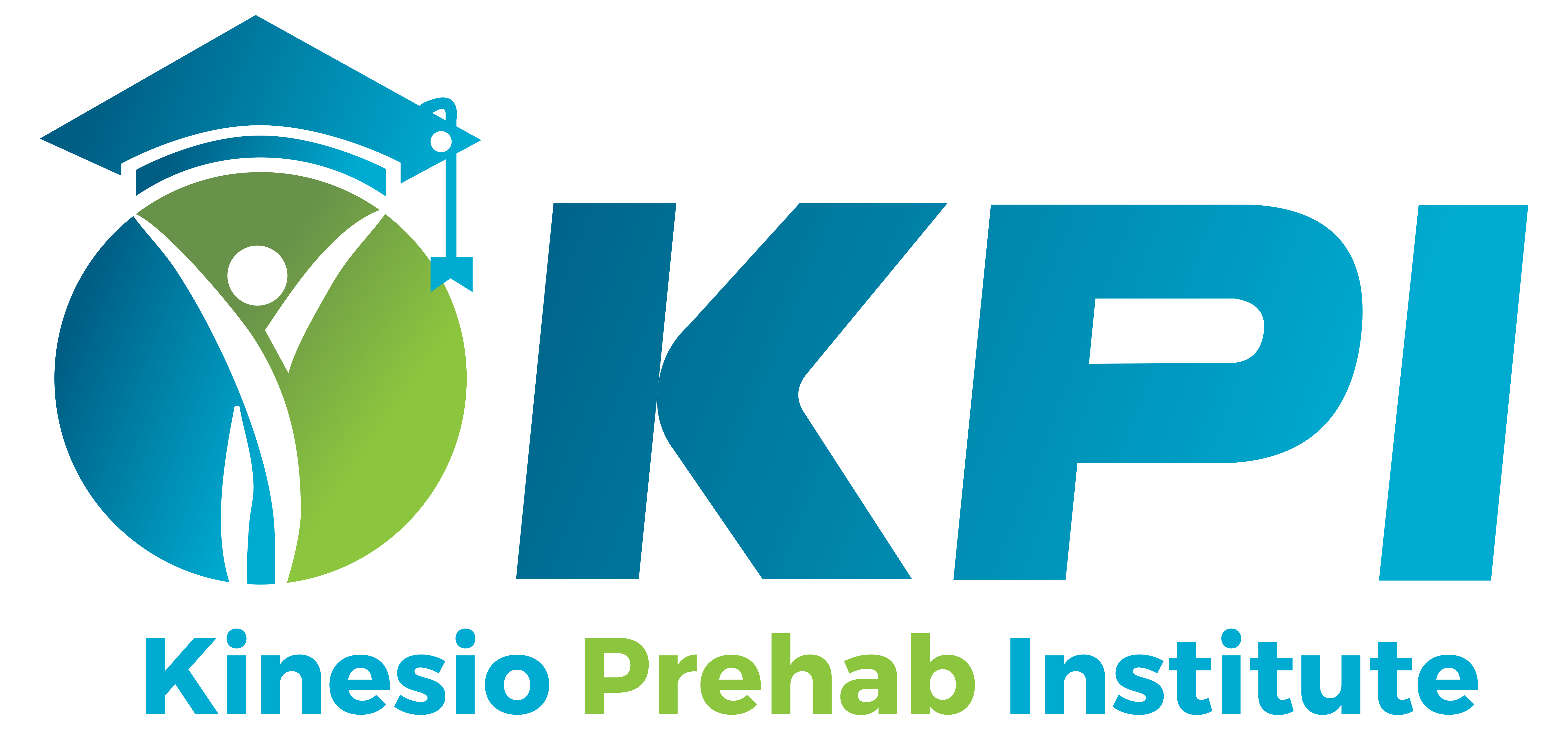How Kinesio Dry Needling Therapy is Transforming neck/Cervical Pain Relief
Introduction
Cervical pain, commonly referred to as neck pain, is a prevalent issue affecting millions globally. It can result from various factors, including poor posture, injury, stress, or underlying medical conditions. Traditional treatments range from physical therapy and medication to lifestyle changes. However, a newer approach gaining traction is Kinesio dry needling therapy. This technique, often confused with acupuncture, offers a unique method for addressing cervical pain, providing relief where conventional methods may fall short. This blog explores the principles behind Kinesio dry needling, its benefits for cervical pain, and how it is changing the landscape of pain management.
Understanding Cervical Pain
Cervical pain encompasses discomfort in the neck region, which may radiate to the shoulders, upper back, or arms. The cervical spine consists of seven vertebrae, interspersed with discs, ligaments, and muscles, all of which can contribute to pain when strained or injured. Common causes include:
- Muscle Strain: Often due to poor posture, prolonged sitting, or improper ergonomics.
- Disc Issues: Herniated or bulging discs can irritate surrounding nerves.
- Injuries: Whiplash or other traumas can lead to chronic pain.
- Arthritis: Osteoarthritis or rheumatoid arthritis can affect cervical joints.
- Stress: Psychological stress can lead to muscle tension and pain.

What is Kinesio Dry Needling?
Kinesio dry needling is a therapeutic technique designed to relieve musculoskeletal pain by targeting trigger points within muscles. Despite its name, dry needling is not acupuncture. While both involve needles and target specific points in the body, their philosophies and methods differ.
- Techniques and Tools: Dry needling uses thin, solid needles that are inserted into trigger points—tight knots within muscles that can cause pain and dysfunction. The goal is to release these knots and improve muscle function. Unlike acupuncture, which is based on traditional Chinese medicine and meridians, dry needling focuses on muscle tissue and the neuromuscular system.
- Mechanism of Action: The insertion of the needle creates a local twitch response in the muscle, which is thought to stimulate a healing response, increase blood flow, and reduce muscle tension. This process helps to deactivate the trigger points and alleviate pain.
- Treatment Protocol: A typical session involves a thorough assessment by a trained therapist to identify the trigger points. Needles are then inserted into the targeted areas, and the session usually lasts between 20 to 30 minutes. Multiple sessions may be required depending on the severity and chronicity of the pain.
Kinesio Dry Needling and Cervical Pain
The application of Kinesio dry needling for cervical pain has gained attention due to its efficacy in addressing muscle-related discomfort. Here’s how it works:
- Targeting Muscle Knots: Many cases of cervical pain stem from trigger points in the neck and upper back muscles. Dry needling directly addresses these knots, providing relief that is often immediate and noticeable.
- Reducing Muscle Tension: Chronic cervical pain is frequently associated with muscle tension. Dry needling helps to relax overactive muscles, improving flexibility and reducing stiffness.
- Enhancing Blood Flow: By stimulating the muscle tissue, dry needling promotes better circulation in the affected area, which aids in the healing process and reduces pain.
- Improving Range of Motion: Many individuals with cervical pain experience limited range of motion. Dry needling helps to restore normal muscle function, leading to improved neck mobility.
- Complementing Other Therapies: Dry needling can be used in conjunction with other treatments such as physical therapy, massage, and chiropractic care to enhance overall results.
Scientific Evidence and Research
Research into Kinesio dry needling has grown, providing insights into its effectiveness for cervical pain. Several studies highlight its benefits:
- Clinical Trials: Research published in journals like the “Journal of Orthopaedic & Sports Physical Therapy” and “Pain Medicine” has demonstrated that dry needling can significantly reduce pain and improve function in patients with cervical pain.
- Comparative Studies: Some studies have compared dry needling with other interventions, such as manual therapy or medication. Results often show that dry needling provides comparable or superior outcomes in terms of pain relief and functional improvement.
- Mechanistic Insights: Research has also explored the underlying mechanisms of dry needling, such as its effects on muscle physiology and pain modulation. These studies help to explain why dry needling is effective and guide best practices.
Patient Experiences and Testimonials
Patient feedback is crucial in evaluating the success of any therapeutic approach. Many individuals who have undergone Kinesio dry needling for cervical pain report positive outcomes:
- Immediate Relief: Many patients experience a noticeable reduction in pain after just one session, with continued improvement over subsequent treatments.
- Enhanced Functionality: Patients often report better neck movement and reduced stiffness, leading to improved daily functioning.
- Positive Impact on Quality of Life: Relief from chronic cervical pain can significantly enhance overall well-being, allowing individuals to return to their normal activities and routines.
Choosing the Right Therapist
To maximize the benefits of Kinesio dry needling, selecting a qualified therapist is essential. Here are some tips:
- Credentials: Ensure the therapist is licensed and trained in Kinesio Dry Needling Therapy (KDNT Practitioners from Kinesio Prehab Institute). Look for certifications and additional training in musculoskeletal therapy.
- Experience: Choose a therapist with experience in treating cervical pain specifically. Their expertise will contribute to more effective and targeted treatment.
- Patient-Centered Approach: A good therapist will conduct a thorough assessment, tailor the treatment to your specific needs, and involve you in the decision-making process.
Safety and Considerations
Kinesio dry needling is generally safe when performed by a trained professional. However, it’s important to consider the following:
- Potential Side Effects: Some patients may experience mild discomfort, bruising, or soreness at the needle insertion sites. These effects are usually temporary.
- Contraindications: Individuals with certain medical conditions, such as bleeding disorders or infections, may need to avoid dry needling. Always inform your therapist of any health concerns.
- Combined Therapies: Discuss any other treatments you are undergoing with your therapist to ensure that dry needling complements rather than interferes with your overall care plan.
Future Directions and Innovations
The field of dry needling is evolving, with ongoing research and innovations aimed at enhancing its efficacy:
- Advanced Techniques: New methods and techniques are being developed to refine the practice of dry needling and address a broader range of conditions.
- Technology Integration: Incorporating technology, such as imaging or electrotherapy, with dry needling may improve diagnostic accuracy and treatment outcomes.
- Personalized Approaches: Future developments may focus on personalized treatment plans based on individual patient characteristics and response to therapy.
Conclusion
Kinesio dry needling therapy is making significant strides in the management of cervical pain. By targeting trigger points, reducing muscle tension, and improving blood flow, this technique offers a valuable addition to the repertoire of pain relief methods. As research continues to support its efficacy and safety, more patients are likely to benefit from its unique approach.
If you’re struggling with cervical pain and considering Kinesio dry needling, consult with a qualified KDNT therapist to determine if this treatment is right for you. As always, combining therapies and addressing the underlying causes of your pain will contribute to the best outcomes. The future of cervical pain management looks promising with the continued advancement and application of innovative therapies like Kinesio dry needling therapy.
